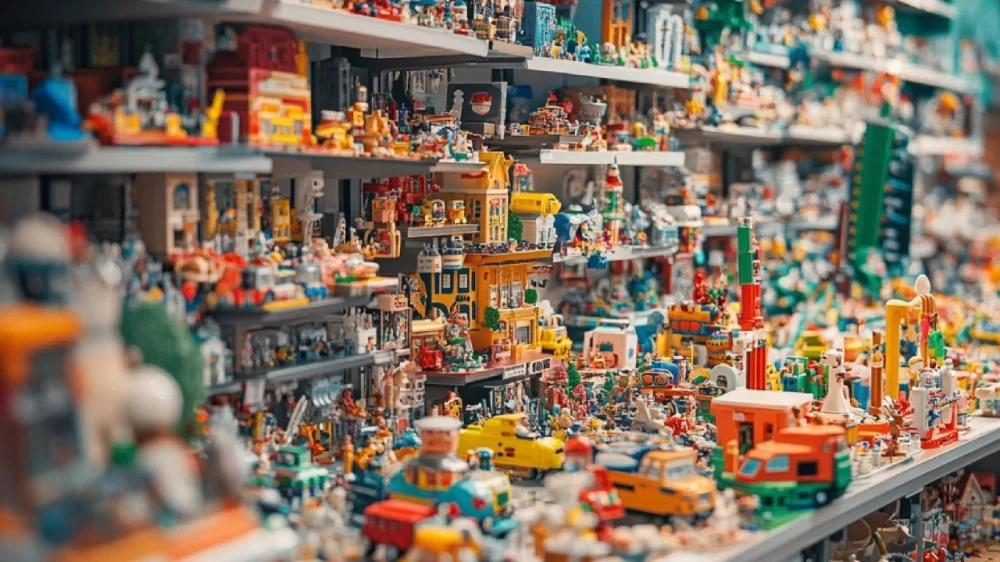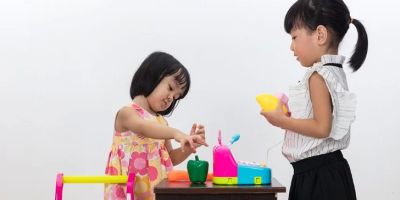
The Future of Toy Manufacturing: Embracing Sustainability for a Greener Tomorrow
As a parent, I’ve always been keen on the toys I choose for my children. It’s not just about picking something fun or educational anymore; it’s about choosing products that align with our growing need for sustainability. Over the years, I’ve noticed that more and more toy manufacturers are making the shift toward sustainable practices, and I’m excited to see how this industry will evolve. The future of toy manufacturing is increasingly focused on sustainability, with an emphasis on eco-friendly materials, ethical production methods, and reducing environmental impact. In this article, I’ll dive into how toy manufacturers are adapting to these changes and what this means for the future of the industry.
1. The Growing Demand for Sustainable Toys
When I first became more conscious of the environment, I started paying attention to the materials in the toys my children were playing with. A simple plastic toy might seem harmless, but after reading about the massive amounts of plastic waste in our oceans and landfills, I realized that the toy industry has a significant role to play in reducing waste. In recent years, there’s been a noticeable shift in consumer demand, with parents, educators, and children themselves showing a preference for toys made from sustainable materials like bamboo, recycled plastic, and natural fibers. It’s encouraging to see that eco-friendly toys are no longer a niche market but are becoming mainstream.
2. Sustainable Materials: From Plastic to Plant-Based Alternatives
One of the most significant changes in the toy manufacturing industry is the move from traditional plastic to plant-based or recycled materials. Growing up, most of the toys I had were made from plastic, but I never really considered how that material was sourced or what happened to the toys once they were no longer in use. Today, many toy manufacturers are experimenting with bioplastics, which are made from renewable resources like corn, sugarcane, or potato starch. These materials are biodegradable and much more eco-friendly than conventional plastic.
For example, some companies have started using recycled plastic bottles to create durable toys. I was amazed when I learned that some well-known toy brands are now producing action figures, dolls, and building sets made from 100% recycled plastic. It’s a perfect example of how innovation is helping reduce waste while still offering high-quality, long-lasting toys for children.
3. Eco-Friendly Manufacturing Practices
Another area where toy manufacturers are focusing on sustainability is in their production processes. Traditional manufacturing often involves high energy consumption, chemical treatments, and other practices that can be harmful to the environment. Thankfully, many companies are adopting greener practices, such as using renewable energy sources in their factories, reducing waste in production, and eliminating harmful chemicals from the materials used in toys.
I was impressed to learn that several well-known brands now use solar power to run their factories or have implemented water recycling systems to reduce water waste. Additionally, some manufacturers are now focusing on creating toys with minimal packaging or using recyclable and compostable packaging materials. This shift in manufacturing not only benefits the environment but also sends a strong message to consumers about the importance of responsible production.
4. The Role of Technology in Sustainable Toy Manufacturing
As technology continues to advance, its impact on sustainable toy manufacturing is undeniable. With innovations in 3D printing, for example, companies can now create toys with less material waste. 3D printing allows for the production of highly customizable and precise toy parts, reducing the need for mass production and minimizing excess inventory. This technology also makes it easier to experiment with different eco-friendly materials, which can lead to even more sustainable options for the future.
Moreover, digital technologies like the Internet of Things (IoT) are enabling smarter, more efficient manufacturing processes. By using IoT-enabled sensors, toy manufacturers can monitor their production lines in real-time to reduce energy usage and ensure that resources are used more efficiently. This means that toys can be produced more sustainably, while also maintaining high-quality standards.
5. Sustainability in Toy Design: Durability and Longevity
When we think about sustainability, we often focus on materials and production processes, but design plays a crucial role as well. Many manufacturers are shifting their focus from disposable, short-lived toys to ones that are built to last. After all, the longer a toy lasts, the less likely it is to contribute to landfill waste.
Take wooden toys, for example. These timeless, durable toys are not only beautiful but also designed to withstand years of play. I remember a set of wooden blocks I passed down from my older children to my younger ones. The beauty of well-made wooden toys is that they can often be handed down to future generations, further reducing waste. Many manufacturers are now investing in designing toys that are meant to be passed along, reducing the need for constant replacements.
6. Educating Children about Sustainability Through Play
Sustainability isn’t just something that manufacturers should focus on – it’s also something that we, as parents, can teach our children through play. There’s a growing trend in educational toys that emphasize sustainability as a core value. Many of these toys teach children about the importance of the environment, recycling, and conservation in a fun and engaging way.
For instance, I recently purchased a set of eco-friendly building blocks for my children, which included a guide that explained the importance of using natural materials and conserving resources. The toy itself was made from 100% recycled materials, and it came with an interactive app that provided sustainability-themed challenges and games. It’s an excellent example of how toys can be used to impart valuable life lessons about the world around us.
7. Challenges in the Sustainable Toy Industry
While the shift toward sustainable toy manufacturing is encouraging, it hasn’t been without its challenges. One of the primary obstacles is cost. Sustainable materials and manufacturing practices can be more expensive, which means that some eco-friendly toys may have a higher price tag than their traditional counterparts. As a parent, I understand the importance of budgeting, but I also see the long-term benefits of choosing more sustainable options that support a healthier planet.
Additionally, the toy industry is highly competitive, and it can be difficult for smaller companies to invest in sustainable practices. That’s why it’s essential to support those brands that are leading the way and to continue advocating for better environmental practices across the industry. By supporting sustainable toys, we send a clear message that eco-conscious products are in demand and should be a priority for manufacturers.
Overall, the future of toy manufacturing is exciting and full of promise. As technology advances and consumer demand for sustainable products continues to rise, I’m hopeful that we’ll see even more eco-friendly innovations in the toy industry. Whether it’s through the use of renewable materials, eco-conscious packaging, or sustainable manufacturing practices, the toy industry is on a positive path toward a greener, more sustainable future.
If you’re looking for eco-friendly toys, be sure to check out our website at Knight Toys for a curated selection of sustainable products that are perfect for your children and the planet.





